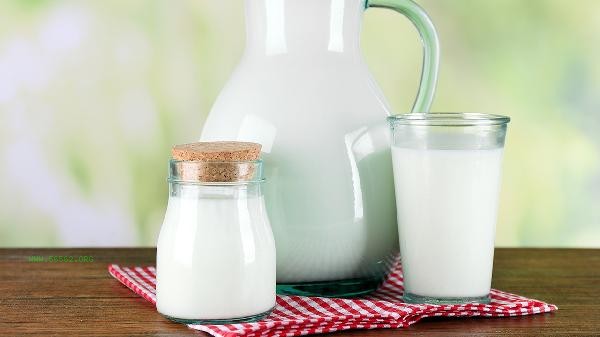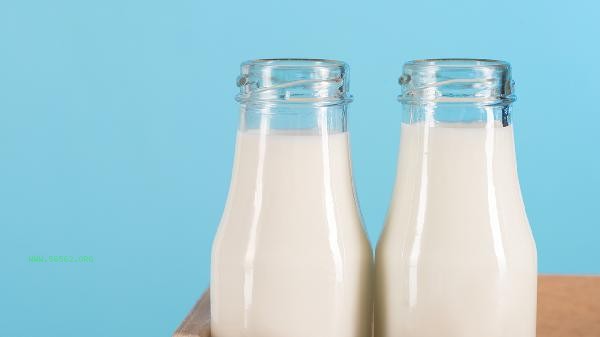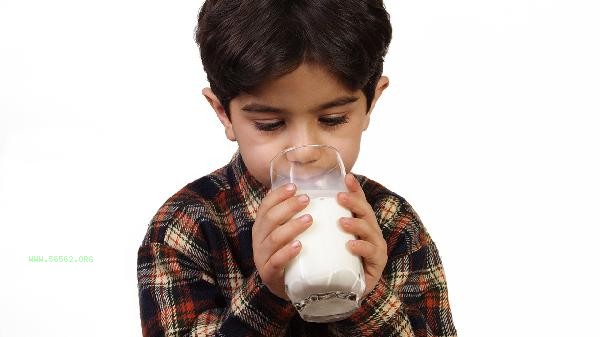Electric kettles are generally not recommended for boiling milk as they may pose safety hazards or affect the nutrition of milk. Electric kettles are designed for boiling water, and the proteins and sugars in milk can easily adhere to the inner wall at high temperatures, causing a burnt bottom, and may overflow and damage the heating element when boiling. If you need to heat milk, it is recommended to use a milk pot to heat it separately or microwave it for a short period of time at low temperature to avoid nutrient loss. The temperature control system of the electric kettle is designed for the boiling point of water. Milk has a slightly higher boiling point than water and its composition is complex. Continuous heating may cause local overheating. Coking lactose in milk can form difficult to clean dirt, and long-term use may shorten the lifespan of electrical appliances. Some electric kettle liner materials may release trace metal ions when in contact with milk, which does not pose an acute hazard but does not comply with food safety regulations.

In special circumstances where emergency heating is required, a stainless steel inner pot electric kettle can be selected for brief heating, but it must be monitored throughout the entire process and kept in a low-power state. Before heating, it is necessary to thoroughly clean the remaining scale in the pot. When heating to around 60 degrees Celsius, immediately turn off the power to avoid boiling. This method is only applicable to whole milk. Skimmed milk or formula milk is more prone to clumping and carries a higher risk due to differences in protein structure.

It is recommended to use professional heating methods for daily milk consumption. After removing the refrigerated milk, let it stand at room temperature before drinking, which is more conducive to nutrient absorption. Choosing pasteurized fresh milk can reduce the need for heating, and lactose intolerant individuals can try adding lactase to low-temperature dairy products. Pay attention to the condition of the heated milk. If there is flocculent sediment or odor, stop eating immediately. For those with gastrointestinal sensitivity, the heated milk should be consumed within 2 hours.









Comments (0)
Leave a Comment
No comments yet
Be the first to share your thoughts!